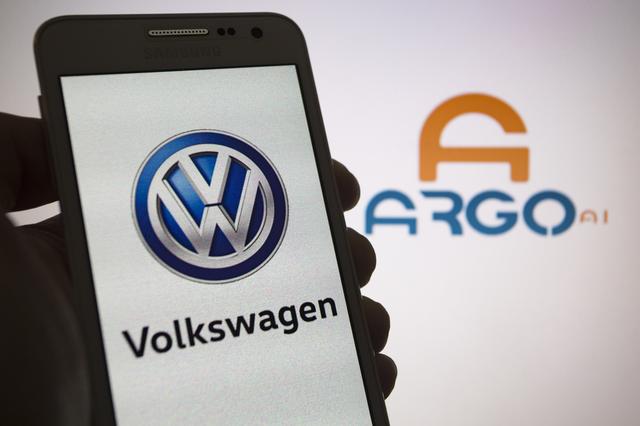Many experts are wondering if self-driving car technology is about to spread around the world? Is it really possible to rely on this technology to deal with the strange behavior of humans?
Considering the conditions of American cities alone, we find that pedestrians in Los Angeles wait for the green signal to cross the road, while in Pittsburgh or Chicago you do not expect a car to stop because someone stepped into the pedestrian crossing. And in the city of Palo Alto, we find that if a person stepped on his foot to cross the street, the next car would often stop immediately, waiting for him to cross.
An article reported by the German agency - quoting the Los Angeles Times - stated that traffic, its laws and customs associated with it differ from one city to another, and there are different patterns of traffic customs, and this diversity in the streets of cities across the United States - And even in the world - one of the reasons that self-driving cars are not yet ready to hit the streets.
In reality, the world is a complex place in which it is difficult for human drivers to walk, let alone robotic cars that are still at the beginning of learning to drive.
However, artificial intelligence company Argo AI believes that it is close to solving this complex problem, ensuring the safety of introducing a robot-driven taxi service in 2022.
To achieve this goal, the company is testing and training sensors and on-board computer software in 7 cities at the same time, with an intense focus on well-mapped areas it calls Geonets.
Ford and Volkswagen have invested nearly $4 billion in Argo AI, either with cash or intellectual property rights.
Ford intends to start - starting in 2022 - in introducing the robot taxi in the framework of the cars it produces, which is a type of self-driving taxi that can be ordered by phone.
These cars are equipped with Argo technology in partnership with an undisclosed company, for dial-up taxi services, and service is likely to start in Miami or Austin, Texas, or in both cities at the same time.
Brian Salsky, founder and CEO of Argo, helped companies commercialize robotics technology at Carnegie Mellon University, and worked on Google's self-driving car program before Argo launched in 2016.
Salsky knows that investors want to move into the commercial space as quickly as possible, and he also knows that there is a lot of money ready to be invested in this area.

Forecasts for the global self-driving car market indicate that the market value will reach $60 billion annually by 2030.
However, Salsky, 40, knows that introducing this advanced type of car quickly to the price could cause a setback for this nascent industry, if the public believes that the technology used in it is not safe.
In a recent interview with The Times newspaper in Palo Alto, Salsky said, "We want the autonomous driving system in its physical environment to be able to predict the behavior of other parties not in the traffic around our cars, in order to create An ocean of safety around.
One company has introduced - so far - a real self-driving robotic taxi service in the United States, which is Google's Waymo, which in 2019 began managing the service on relatively predictable streets, on the outskirts of the city. Phoenix.
No company other than Argo does serious multi-city testing, and they test cars on the go with two trained test drivers on board, in Miami, Austin, Pittsburgh, Detroit, Palo Alto, and Washington, as well as Munich, Germany.
These cities are diverse enough to provide a solid and reliable base of information about urban areas with heavy traffic, which can eventually be applied to other cities around the world, information that is not related to laws, geography, weather, traffic lights and traffic patterns. Not only traffic, but also related to human behavior.
Take, for example, the city of Pittsburgh, which is called the "Pittsburgh of the Left," a nickname that means that its drivers are used to performing a maneuver, albeit technically illegal, in which the driver of the first car in line waits in front of a traffic light until the sign appears green to turn his car towards the left immediately, which makes him turn before the cars that go in the direction of the straight road start.
The robot car has to be aware of such local behavior outside of prudent traffic patterns, in order to synchronize with other cars, says Salsky. He adds that if the robotic car does not show driving skills "in line with normal reality", people will go crazy.
Developing a self-driving taxi in crowded urban areas is a more difficult process compared to programming cars to become self-driving on interstate highways or in remote suburbs, but it is these crowded areas that are the natural market for robotic taxis.
Robot taxi training involves more than simply recognizing streets, traffic lights, cars and trucks; Self-driving cars should share roads with pedestrians, cyclists, electric scooters, skateboards, and other devices in the midst of traffic.
An essential safety issue for a self-driving car is to know its counterpart, where to go and what to do next.
As for whether this goal can be achieved by 2022, Salsky says Ford's timeline is "reasonable".
But I've always been clear about when a self-driving taxi service can be rolled out. It will be ready when it is ready."
